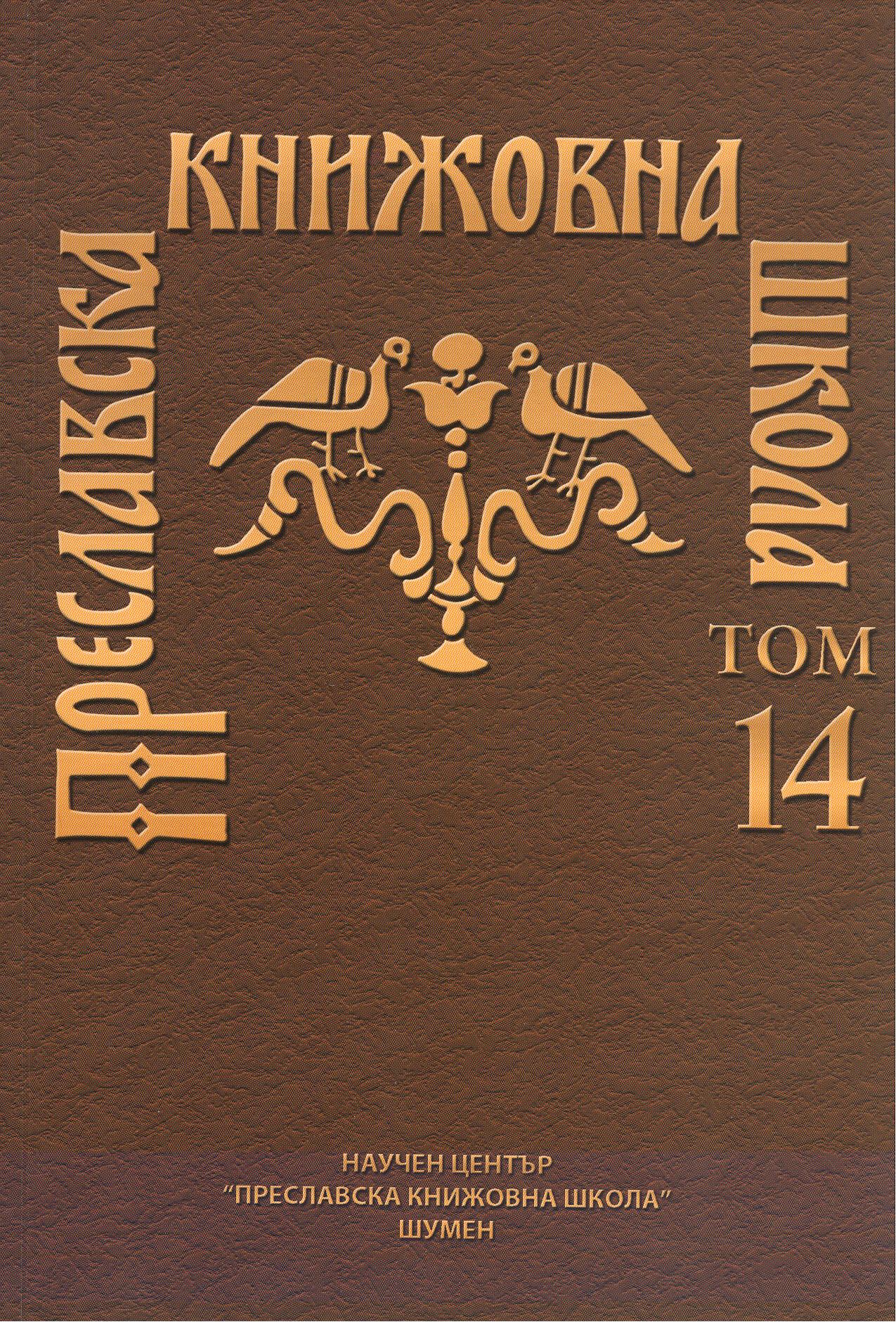ПРЕСЛАВСКАТА КЕРАМИЧНА ПЛОЧКА С ПРОКИМЕНОВ РЕПЕРТОАР ОТ КРАЯ НА IX – НАЧАЛОТО НА X ВЕК: ЕДНО СВИДЕТЕЛСТВО ЗА ПРАВОСЛАВНОТО БОГОСЛУЖЕБНО ПЕЕНЕ ВЪВ ВЕЛИКИ ПРЕСЛАВ
PRESLAV CERAMIC PLATE FROM THE LATE 9th – EARLY 10th CENTURY WITH PROKEIMENA: AN EVIDENCE OF THE ORTHODOX CHANTING IN GREAT PRESLAV
Author(s): Stefan HarkovSubject(s): Christian Theology and Religion, Language and Literature Studies, Theology and Religion, Philology, History of Religion
Published by: Шуменски университет »Епископ Константин Преславски«
Keywords: Ceramic plate from Preslav; Orthodox chanting in Great Preslav
Summary/Abstract: One of the earliest notated sources of Christian music known today is the so called Ceramic plate from Preslav. It is a bilingual ceramic fragment (an ecclesiastical ostracon), a part of Sts. Cyril and Methodius’ liturgical heritage. A fragment of the plate was found in Preslav in 1930 during the excavations of a tomb near the Cathedral church and it is now kept in the State Archeological Museum in Sofia. According to the paleographic data it is from the late 9th - early 10th century when the famous Preslav ceramics has flourished. On the both sides of the Preslav ceramic plate there are incipits of liturgical texts: the verses of prokeimena. Most probably the Preslav ceramic plate represents a rare and important trace for the existence of Palaeobyzantine asmatikon, a prototype of the Russian melismatic Kondakarian practice and notation. There are similarities between the neumatic signs from the plate (Palaeobyzantine Chartres notation) and these from Russian Kondakarian notation. It is well known that the Palaeobyzantine asmatikon represents high level of professional chanting practice of Hagia Sophia Cathedral church in Constantinople. The Preslav ceramic plate testifies that most probably the same chanting practice has been in use in the Cathedral church of Preslav too. According to Elena Toncheva and Gregory Myers “at least some portion of the Hagia Sophia Typikon had been rendered in Old Bulgarian and used in a South Slavic center such as Preslav and possibly had been brought to Rus’ at the time of Christianization”. Few evidences with or without notation of Hagia Sophia Cathedral Rite (named ἀσματικὴ ἀκολουθία) used in Preslav gives a light at the Cyrillo-Methodian translation work on the same Typikon.
Journal: Преславска книжовна школа
- Issue Year: 2014
- Issue No: 14
- Page Range: 426-435
- Page Count: 10
- Language: Bulgarian

